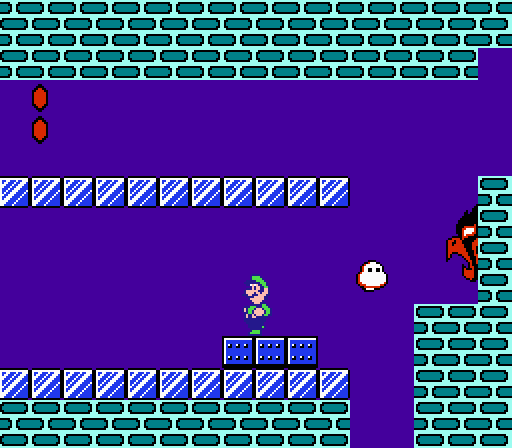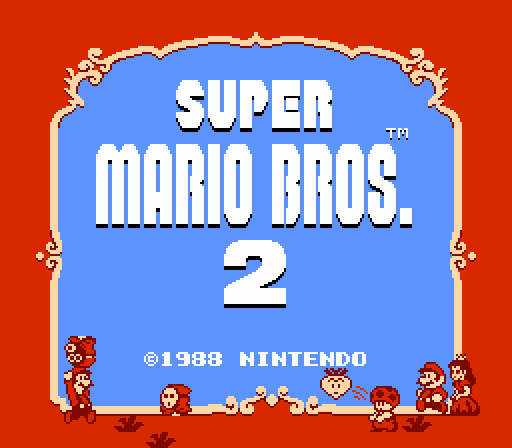Sandwiched ’tween 2 o’ the greatest video games o’ all time, it’s easy for Super Mario Bros. 2 to be forgotten. While many talk ’bout how Super Mario Bros. 2 is viewed a black sheep o’ the series, usually by people praising the game, unlike Super Mario Sunshine, I have rarely seen this sentiment 1st-hand. It did only sell 10 million copies, which while amazing for most games, was nearly half o’ what Super Mario Bros. 3 sold — tho that was also during a chip shortage.
What I can say for certain is that I ne’er liked this game as much as 1, 3, World, or e’en Lost Levels, but this is primarily due to Super Mario Bros. 2’s slower, awkward gameplay & mechanics & its wonky physics & controls. I still find it odd that people call Luigi’s slippery controls in Lost Levels unplayable, but have no problem with the fact that everyone is slippery in this game, specially Luigi. I ne’er liked how easy it is for characters to clip into blocks or how they bounce all round when they get hit.
Also, the decision to make your character shrink when you only have 1 hit point is idiotic, specially with the half-assed way they implemented it ( in the NES & SNES versions, a’least ): they don’t actually change your hitbox; they just make your graphic smaller, so it’s less representative — so it’s a lie. Making your character’s graphics non-representative o’ your hitbox is a cardinal sin o’ bad game design, & it’s shocking that an official Mario game would have such a thing. ¿Why’d they e’en need to shrink your character with 1 hitpoint? Despite the lazy repainting o’ Doki Doki Panic’s hearts to mushrooms, your health is still nothing like health in Super Mario Bros. — hell, despite the trouble they went to to make your character visually shrink, they didn’t bother to repaint your hit points on the side o’ the screen from diamonds ( & for some reason used hearts in the SNES & Game Boy Advance remakes ). Furthermo’, Super Mario 64 didn’t have mushrooms or growing & shrinking @ all, & that game was mo’ beloved than Super Mario Bros. 2, & Super Mario Bros. 2 was just after the 1st game to have the grow-&-shrink mechanic, making it probably the 1 game that most get ’way from the deviance to this “pattern”.
I also ne’er liked how the characters all feel like they have many weaknesses rather than a strength: all but Toad take way too long to pick up things, so that it’s very easy for Birdo to throw off cheap shots you’re vulnerable, unable to dodge as you’re character’s too busy slowly grabbing an egg for, like, a whole second, which is made worse by how slow Luigi & Peach fall, making them mo’ vulnerable while up in the air. Meanwhile, Toad is almost useless @ jumping & Mario is almost useless @ everything. Also, I always found it nonsensical that Toad runs fastest when holding something. Since jumping is still the most important element o’ this game, specially with skipping section, this means most players will probably prefer to stick with Luigi & Peach & just stomach the fact that they suck @ anything regarding throwing or digging & use Toad in the rare places where jumping is less important than throwing or digging. Thus, the game somehow manages to fail @ encouraging balanced use o’ characters while also making e’en the best characters feel crippled.
Most importantly, I always felt the whole Subcon health upgrade system, which, giving you extra health, played an integral part o’ how difficult the game was, was too much o’ a trial-&-error guessing game.
But Super Mario Bros. 2 had 2 strengths: it had memorable graphics & enemy designs & had catchy music. Moreo’er, tho, Super Mario Bros. 2 had underrated level designs that evolved from the 1st Super Mario Bros.’s linear left-to-right pattern to mo’ complex layouts that twisted in all kinds o’ shapes.
20. World 6-1
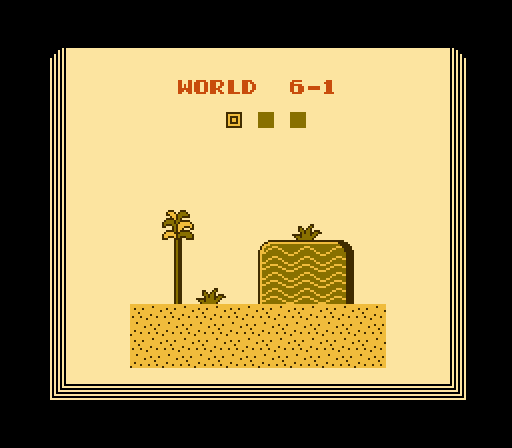
4 worlds after world 2, which already used the desert theme, we get yet ’nother desert level with the same litany o’ Cobrats & Pokeys. & unlike the other desert levels, which usually make the 2nd half be a cave with sand-digging, this level makes the 2nd half be a cave with… e’en mo’ Cobrats, but popping out o’ pots. I actually don’t know if I should be glad for this “twist” or find it worse. 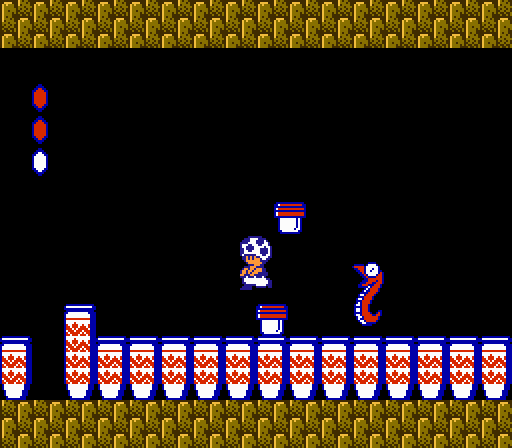
Actually, I do know: it’s much worse — that 2nd cave involves a genius puzzle wherein you have to trial-&-error thru all 21 pots to find the 1 that has a key @ the bottom to unlock the door @ the end o’ the cave. E’en better: There are 4 pots with sand areas in them, but only 1 o’ these sand areas has the key @ the bottom, so you have to tediously dig thru each to see whether or not each has a key. 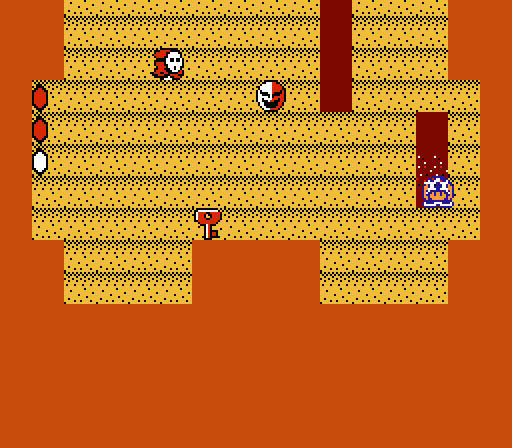
This level sucks & I’m baffled why any human would think it could be entertaining to play.
19. World 2-1
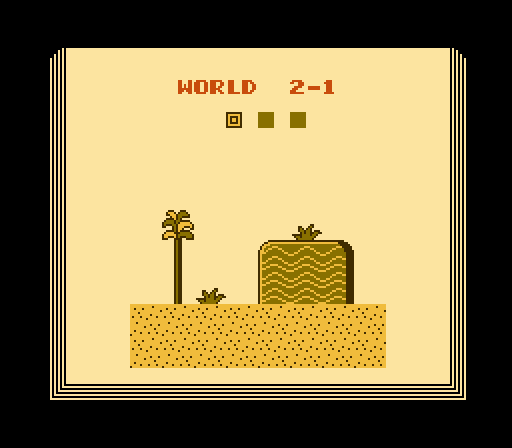
Desert levels in Super Mario Bros. 2 fall into what I will now call “Jolly Roger Bay Syndrome” harder than Jolly Roger Bay: it doesn’t truly matter that much which came 1st; the fact that all these levels feel similar brings them all down. & like “Jolly Roger Bay” makes it worse by having it apply to tedious water levels, Super Mario Bros. 2 makes it worse by applying this to desert levels with the sleep-inducing digging mechanic, which just involves rapidly pressing a button & maybe moving every so oft to make sure a Shy Guy doesn’t fall on you — all as a contrived way to make Toad feel mo’ useful, e’en tho he already has advantages when fighting bosses ( & just moving faster for speedrunners ), so these sand sections may actually make the game less balanced. 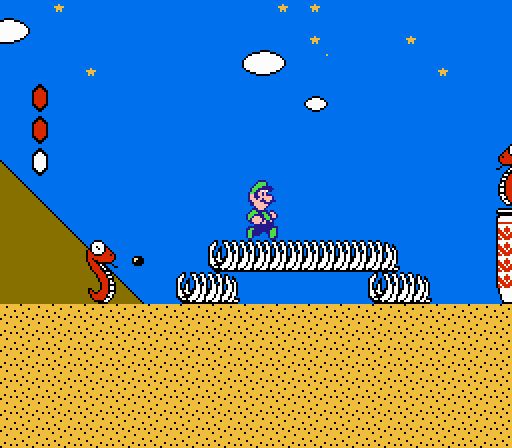
All 3 world 2 levels follow the same pattern more o’ less: 1st section is stretch o’ sandy outside area full o’ Cobrats & maybe Pokeys, followed by a cave section full o’ sand you have to dig thru. 2-1 has the least interesting sand pattern, being just a rectangle with a few holes with cherries in them. If you preserved your cherries well, you can time it so that the last cherry gives you a star & then rush thru the last stretch & kill Birdo with it. Other than that, there’s nothing else to say ’bout this level. 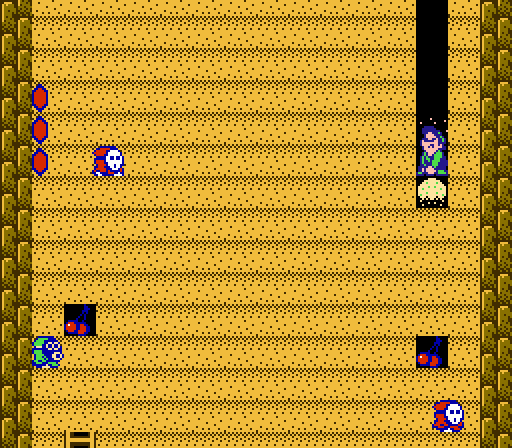
18. World 2-2
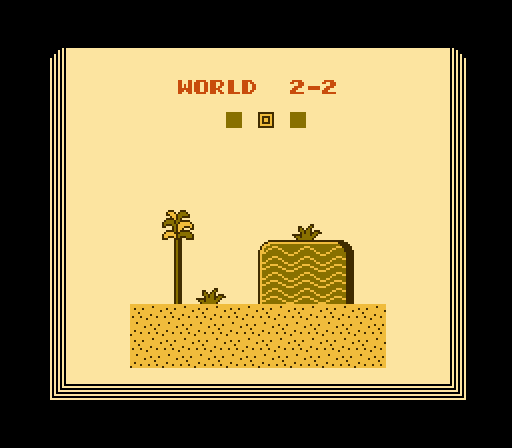
Same pattern as 2-1. This level’s outside area has mo’ intricate terrain that isn’t all flat, but it looks jankier & less natural. Sand just stops gainst a pot with cut-off round the pots edges. 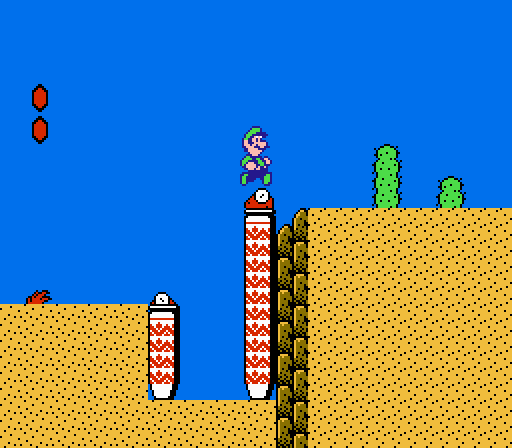
The underground sand section in this level is mo’ interesting, with a branching path. Howe’er, 1 o’ the 2 paths just leads to a dead end. This section is notorious for possibly leading to a softlock if the player, for some reason, removes all the sand there so that they can’t get back up. 
17. World 2-3
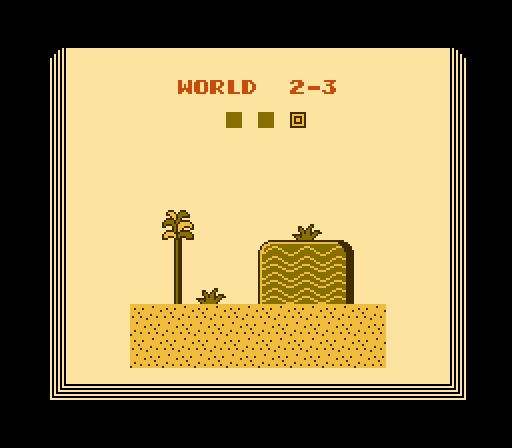
Similar pattern to 2-1, but with spawning Beezos in the outdoors section & just 1 Cobrat & Pokey each. 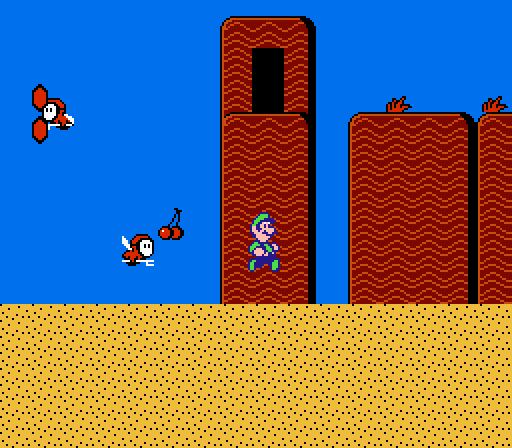
The underground section is also mo’ interesting. Rather than just digging down to the bottom o’ a sand pit, you dig to the bottom to grab a key & then race up to the locked door in the middle while avoiding Phanto. This sand patch also has a branching path, but both branches end together @ the same door. 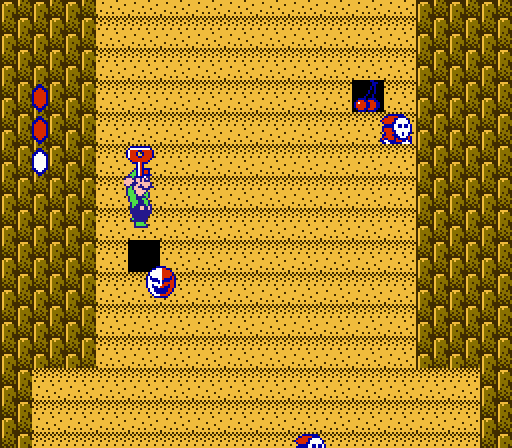
There’s also a short non-sand section @ the start with a branching path. The right path is full o’ enemies, but gives you a POW block for your troubles, while the left path is just an empty hole. The Game Boy Advance remake uses this split to be cheap assholes & put an ace coin on the left, so if you happen to take the right path ( or miss the ace coin floating slightly to the left o’ the left path ), you have to kill yourself or restart the level. 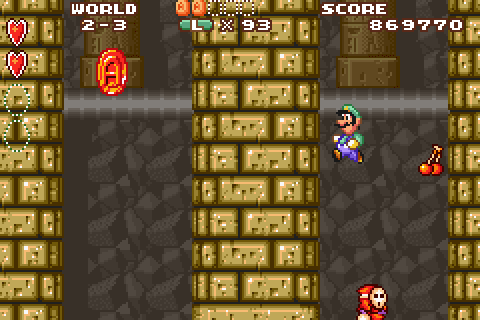
16. World 6-3
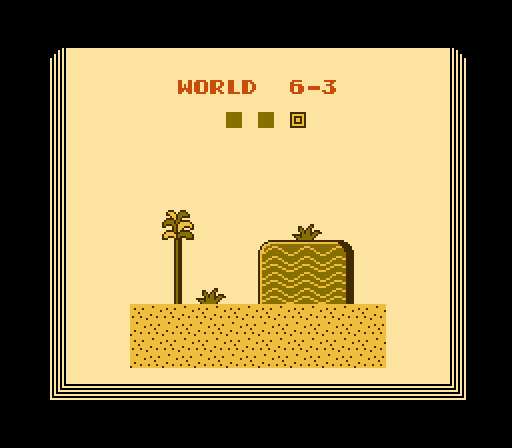
This is the least uninteresting desert level that follows the “outside area with Cobrats & Pokeys followed by cave full o’ sand you have to dig up” pattern used for 4 o’ this game’s levels. Actually, while this level has sand you can dig up, there’s no reason to, ’less you’re desperate for cherries or bombs. Your main focus is 2 rock walls you need to blow up with bombs to continue. Not the most interesting challenge, considering you’ve already had to do this in previous levels. 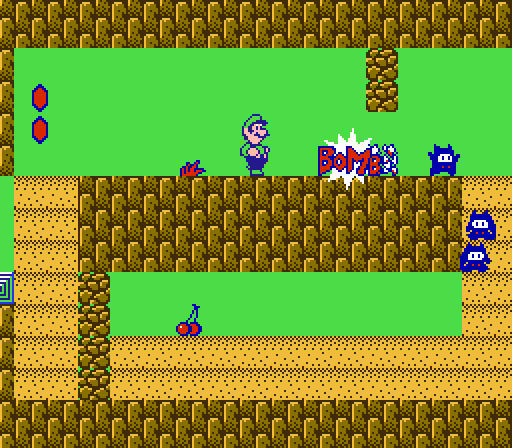
If you want mo’ challenge, you can waste your time blowing up many mo’ rocky walls to get access to a mushroom or some coins, but it’s not worth the effort, not the least o’ which since not screwing yourself o’er is trial-&-error: there’s a 90% chance you’ll accidentally grab the potion, which is just an arbitrary grass in the middle o’ the main route forward, lost ’mong the bombs, which is long before you’re ready to get the mushroom ( or get mo’ than a few coins ), wasting it. E’en better, you can easily get yourself stuck in a lower area if you’re not careful, forcing you to commit suicide to continue. 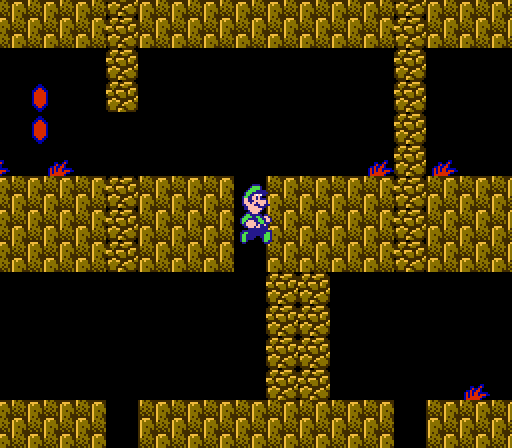
The 2nd half o’ this level is a climb up to the top o’ a cloudy area to find a pyramid in the sky. While the pyramid in the sky is amusing, I guess, & I like the rare autumnal red vines, the challenge itself is just a mo’ bloated, less tricky version o’ 5-2’s vine section, despite coming a full world afterward. If they had made the section a bit mo’ relevant to the desert theme — a’least have Cobrats or Pokeys, ’stead — this section would be much stronger & feel less like just a generic section that could fit just as well as in any other level. 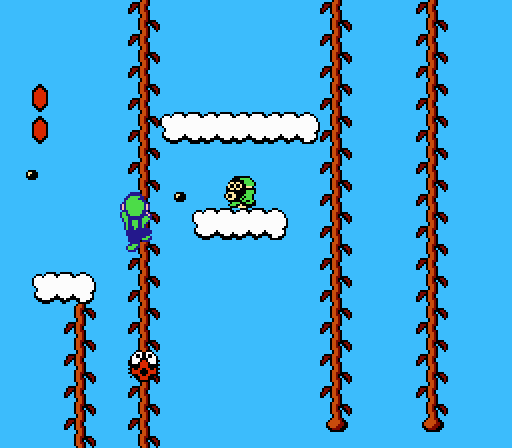
This level’s strongest element is the secret @ the beginning o’ the level: quick sand that goes under the left wall, which you can use to go under the wall to a secret door on the other side. This door takes you right to the pyramid in the sky @ the end o’ the level. Since, as I’ve written here, nothing you’ll skip is o’ any interest, this is the recommended route ’less you’re the kind o’ poor sap going for the ace coins or Yoshi eggs in the Game Boy Advance remake. 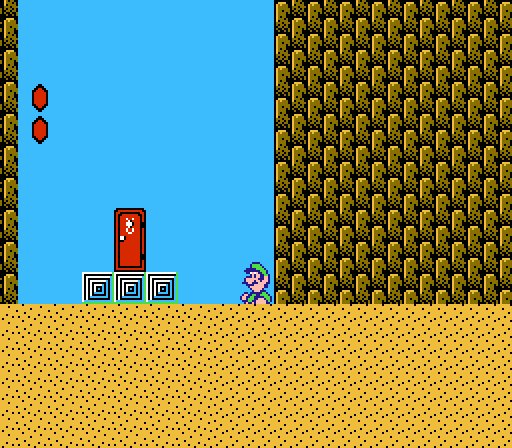
15. World 1-3
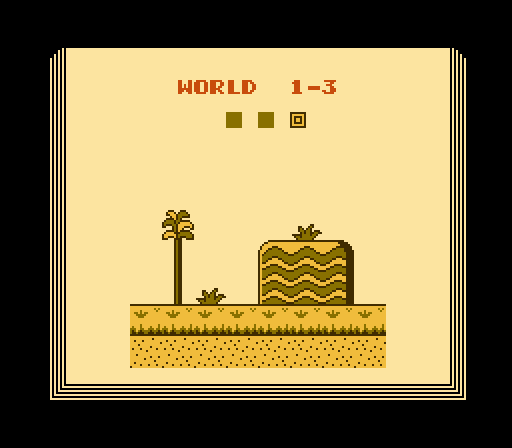
This level falls victim to introducing mechanics done better in later levels. It starts with logs falling down waterfalls, which are fun if not impressive jumping challenges, which are perhaps properly formidable in its simplest form for the 1st boss level — a great place for a slight difficulty spike. 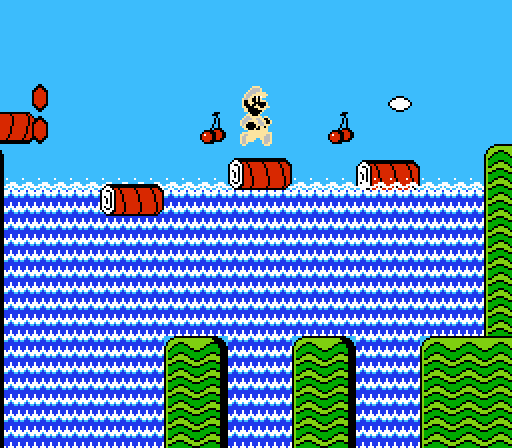
After this we have a factory area that gives you a longer-form version o’ grabbing the key & dodging Phanto, introduced in 1-2. Howe’er, since you’re mainly falling downward with the key, it’s still easier than later varieties. The only problem is the last fall, which is blind: the left side can make you fall into spikes, & the only way to avoid that is to know ’head o’ time to avoid the left side. 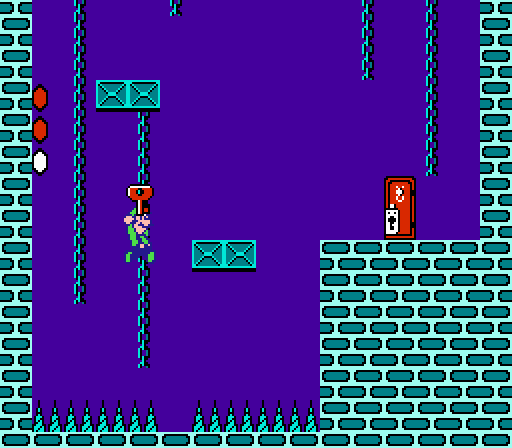
Other than that cheap blind fall, tho, this is a solid level for where it is. Unfortunately, all other things being equal, the early, introductory levels usually end up being the least great levels.
14. World 3-1
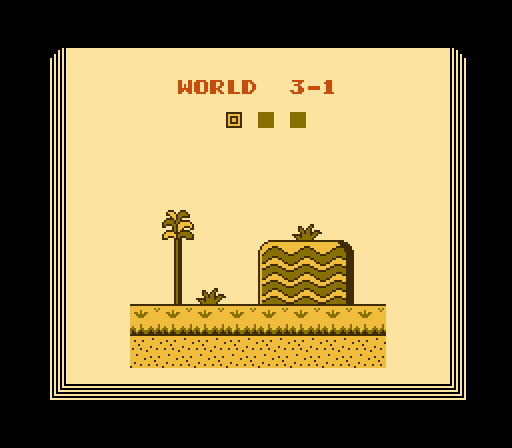
Tho the 1st part is mostly just basic cloud jumps with enemies, the waterfall theme is refreshingly rare. The use o’ the Pidgit straight up the final part o’ the waterfall section builds on World 1-2’s challenge; while that 1 let you easily weave round the Beezos’ paths, here you have to weave ’tween their paths. 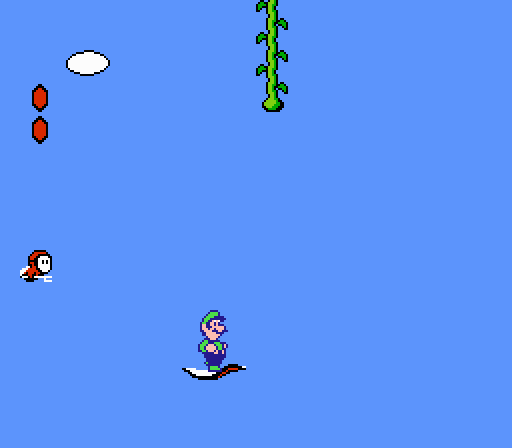
The next section builds on the challenge o’ the Pansers. Whereas 2-2 & 2-3 had them o’er flat land, here they are o’er short platforms o’er a pit. Granted, being fiery plant enemies, they don’t fit the sky as well as deserts. You can skip this section with a door past a wide gap if you’re playing as Peach ( Luigi might be able to reach it, too, with clever jumping ); but this section is so simple, you may not want to bother, specially since you need to bomb down a rock wall in the shortcut, anyway. Speedrunners don’t e’en bother taking this “shortcut”. 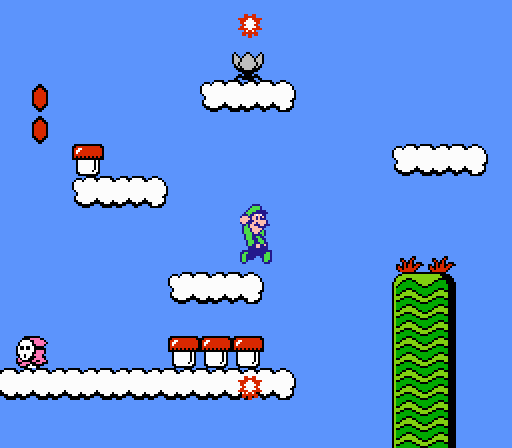
The mushrooms in this level are dickishly placed before their respective potions, & the 2nd mushroom isn’t worth the effort: you can’t climb out with the potion, leading the player to doubt the designers would put a mushroom outside o’ that li’l cave area, which means that e’en if the player knows where the mushroom is, they have to race up the ladder & onto the mushroom — making sure not to o’ershoot their drop & run right off into the pit — before Subcon kicks them out, leaving no extra time for grabbing coins. Worse, after this you need to climb up the ladder with the Panser back, hovering o’er you. 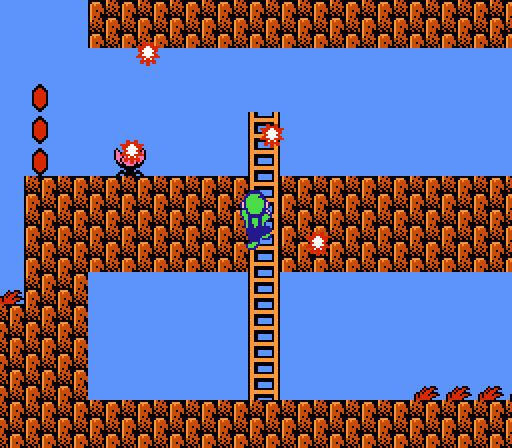
I’m not sure how to feel ’bout the secret @ the bottom o’ the waterfall, under the 1st platforms. While putting rewards down where players expect death is unintuitive, designwise, I guess it works as a consolation prize for those bad ’nough @ the game to fall down by accident. 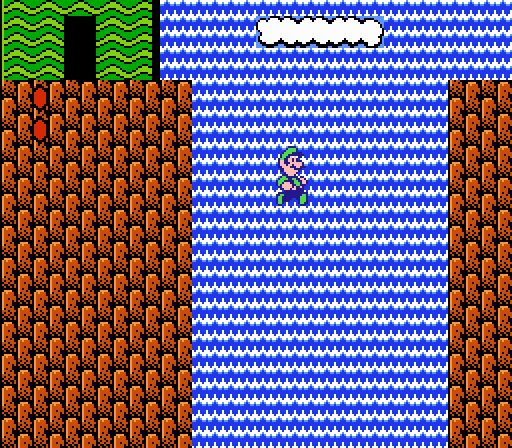
13. World 1-2
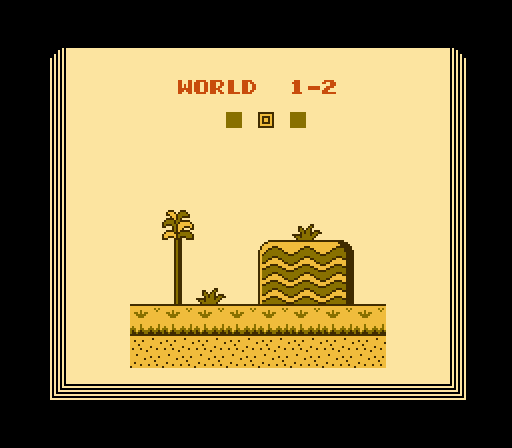
Widely known as “the Pidget level”. Pidget is surprisingly underused in this game, & e’en mo’ surprising, this level may be the best use. This mechanic is e’en better since the game doesn’t tutorialize it: it just shows you a pit that’s obviously too large to jump past ( ’cept maybe with Toadstool — I’ve ne’er tried ) & a bird on a flying carpet & expects the player to fill in the squares themselves. I like how the Beezos seem a threat; but since you can freely fly anywhere, not really, since you can just fly o’er them. &, ’course, I can’t ignore the clever way this game lets you skip the whole underground section with careful use o’ the flying carpet. 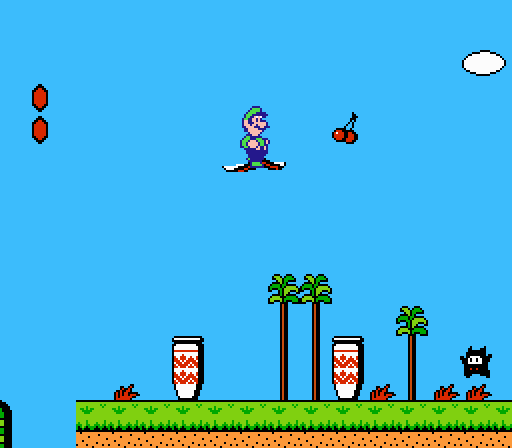
The underground section introduces breaking rocky blocks with bombs to get thru. It’s just 2 walls, but they did still implement a shortcut: the main path actually involves going up a ladder round the 2nd rocky wall that doesn’t have any bombs in front o’ it & tediously blowing up all 3 rocky blocks to the right with the bombs up ’bove ( you can’t go down the ladder with bombs, so you can’t just break the bottom wall ) to drop back down below the rocky wall below. Howe’er, you could also just go back to an earlier part o’ the underground section, grab a bomb, & then race to the 2nd bottom rocky wall to break it & bypass the whole upper area. 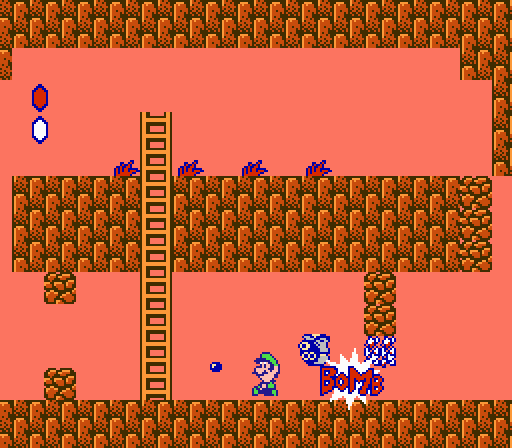
12. World 5-3
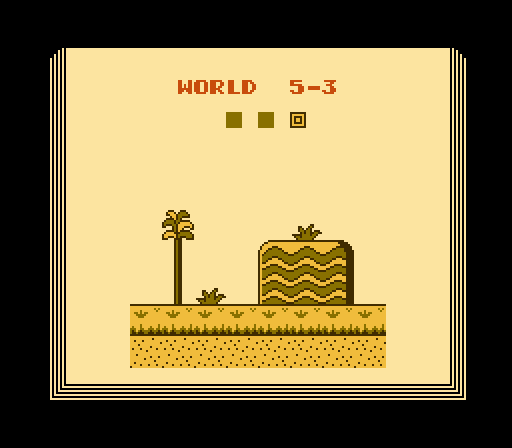
This may be 1 o’ the most bizarre-looking levels in the original NES version, thanks to its bizarre palette with the lime grass & yellow dirt accompanied by eye-searingly red hills with dark blue borders. To be honest, it looks tacky, specially with the log platforms that blend in with them — some o’ which are missing their left face for some reason, leading to jarring cutoff. This is 1 o’ the few times I prefer the remakes making the palettes mo’ consistent with other levels. That said, I do like how the hills continue down into the underground area — e’en if they don’t quite line-up, technically. 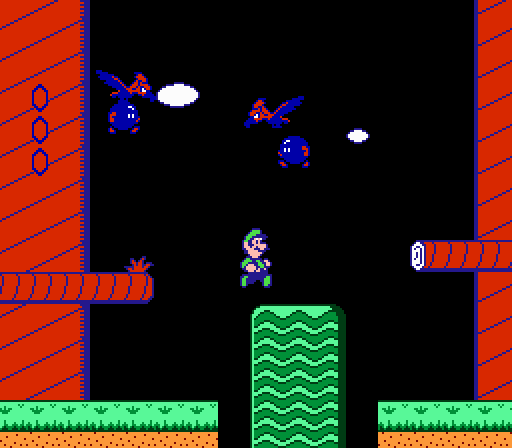
This level introduced Bob-Omb-dropping Albatrosses, with rocky walls that said Bob-Ombs can break ’pon exploding, just like regular bombs, tho you have no reason to bother, since you can easily jump o’er them. This pattern continues to the end o’ the 1st area, where you have 2 rock walls that hide a secret mushroom you can just jump round to get to the next area, which starts with a lower section blocked by rocky walls you can skip, which only hold coins. Considering the game forces you to break rock walls with regular bombs as early as 1-2 ( or 3-2 if you skip that section using Pidgit — which takes mo’ forethought that skipping these rocky walls requires ), it’s odd that they don’t force you to use the Bob-Ombs anywhere in this level. 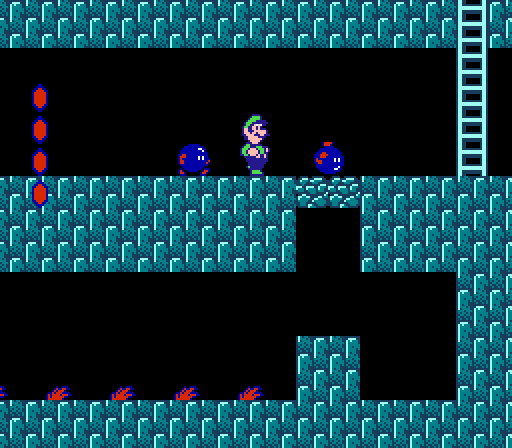
Inside the tree-hill thing has clever challenges timing dropping down block-clogged passageways while dodging the spinning Sparks, with 2 subtle shortcuts with a single-block space o’er the Shy Guy producing pots that a ducking character can slide thru with the right momentum. Then there’s a climb up short platform steps while dodging the fireballs o’ Pansers moving down the steps & a long outside area with the last Pidgit in the game & a bunch o’ short jumps with enemies. 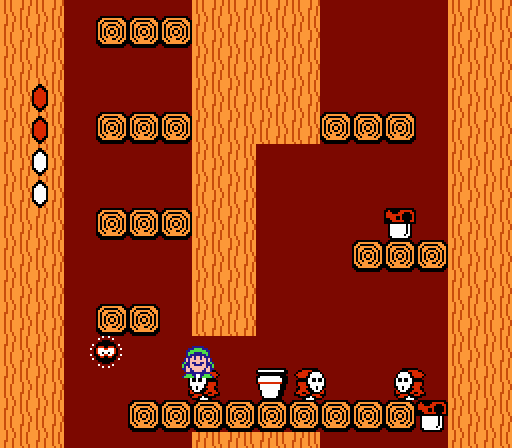
This level goes on a bit too long & tapers off the rails o’ its theme @ the end. This level has a lot o’ good ideas, but some are wasted by making them pointless & many o’ them don’t belong together in a single level. 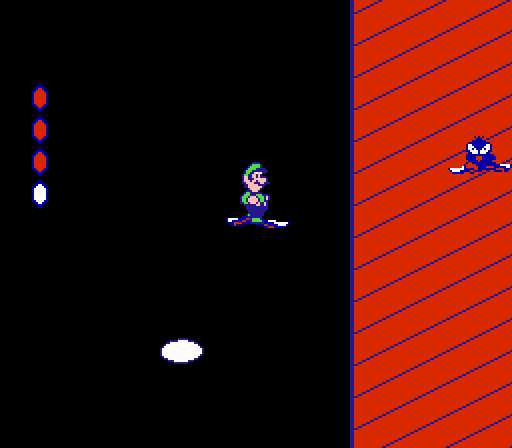
This level may have the most blatantly obvious warp secret in the game, with that pot right up there where you can clearly see it & a potion right next to it.
11. World 4-3
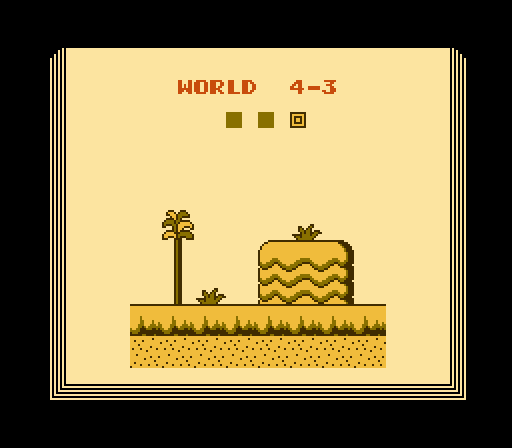
This level begins with the most iconic puzzle in Super Mario Bros. 2: a benign Birdo whose eggs you need to ride past the gaping hole right @ the start. 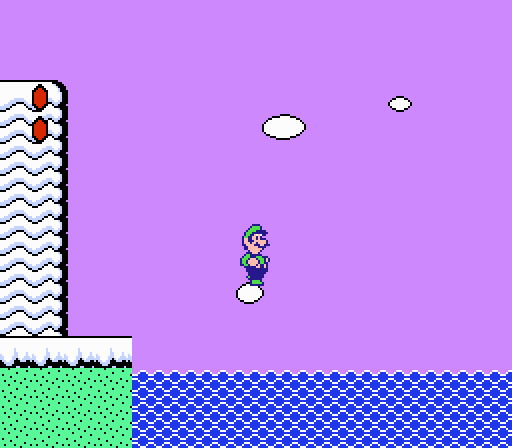
After that you have vertical versions o’ 4-1’s Flurry dodging challenges, going up, & then down, with half o’ the downward section requiring you to carry a key to the bottom. 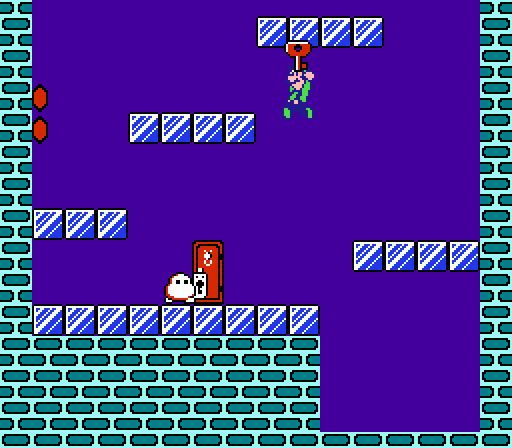
The downward section also starts with a short challenge forcing you to ride a Shy Guy or Tweeter o’er spikes. It’s less memorable than 4-2’s cannon o’er spikes, but arguably trickier, specially in the Game Boy Advance remake, as you have to jump off the enemy before the long fall to reach an ace coin on a small alcove that in all other versions o’ this game has no purpose. You can skip 1 o’ these long sections with Luigi or Peach by jumping o’er a long gap ’tween the entrance & exit o’ the palace. 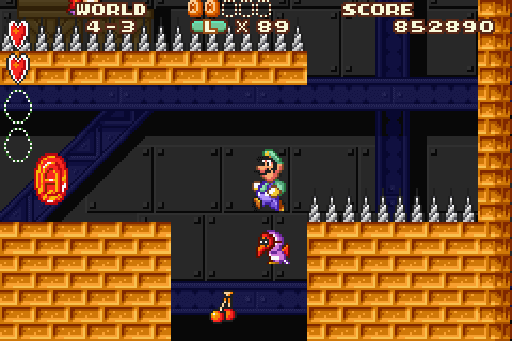
I don’t know why the crystal ball room is designed the way it is. It’s just a crystal ball followed by a small hole you have to try to fall into & the hawk entrance, but there’s a high-up place with a single Flurry & nothing else. Maybe it’s there to create the ( cheap, bullshit ) risk o’ the Flurry falling on your head as you move for the Hawk head, but it’ll probably fall off before you e’en reach the jump, & a dumb challenge e’en if it worked. 